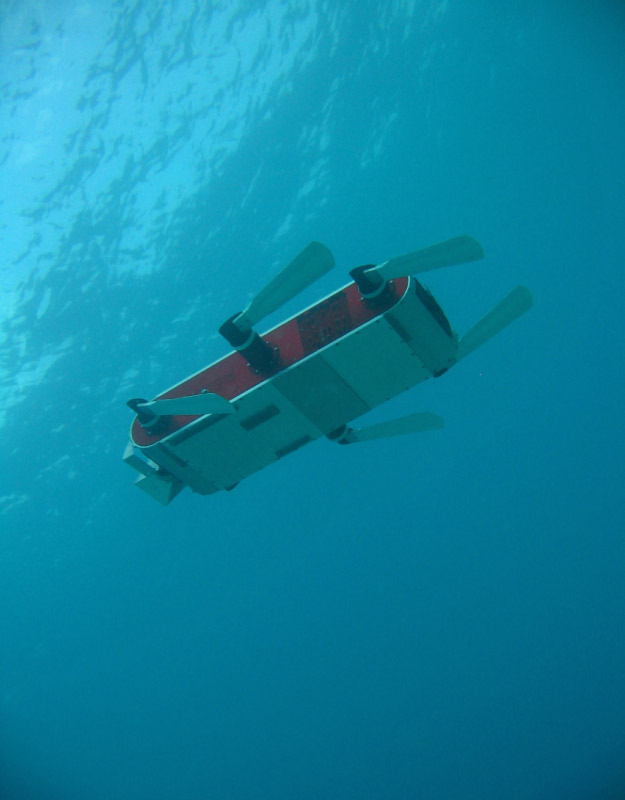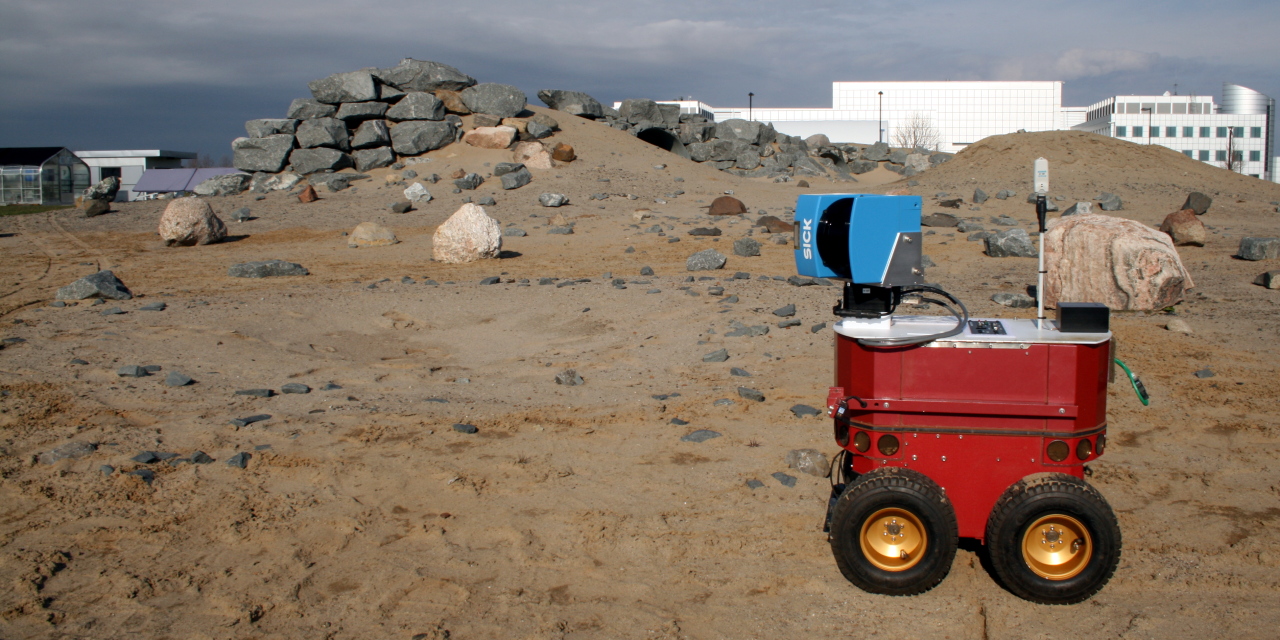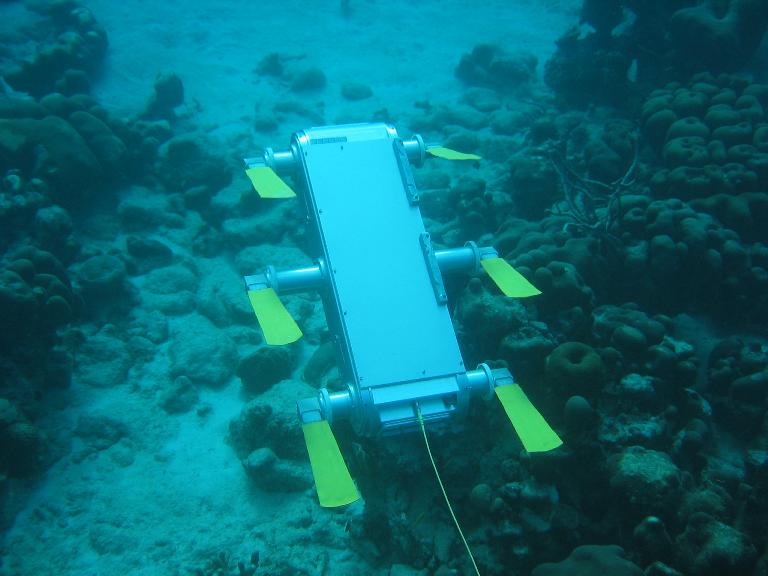Spring 2016
Resources
Exam Questions
Lecture Notes
Video for the Lecture of 01/12/2016: Introduction WMV format and Introduction MP4 format
Video for the Lecture of 01/14/2016: History WMV format and History MP4 format
Learn ROS
In this class we will use ROS (Robot Operating System), this week, read this introduction, install ROS on your machine (using linux), and go through the beginner tutorials. You can also refer to the following book A Gentle Introduction to ROSBook
Computational Principles of Mobile RoboticsROS Wiki
Midterm Exam: 03/03/2016
Final Exam: TBA
Assignments
| Description |
code |
worlds |
Due date |
| Assignment 1 | |
02/02/2016 |
|
| Assignment 2 | potential_field.cpp | A2World.tgz |
02/25/2016 |
| Assignment 3 | grid_mapper.zip | |
03/17/2016 |
| Assignment 4 | |
04/05/2016 |
|
| Assignment 5 | |
04/21/2016 |


